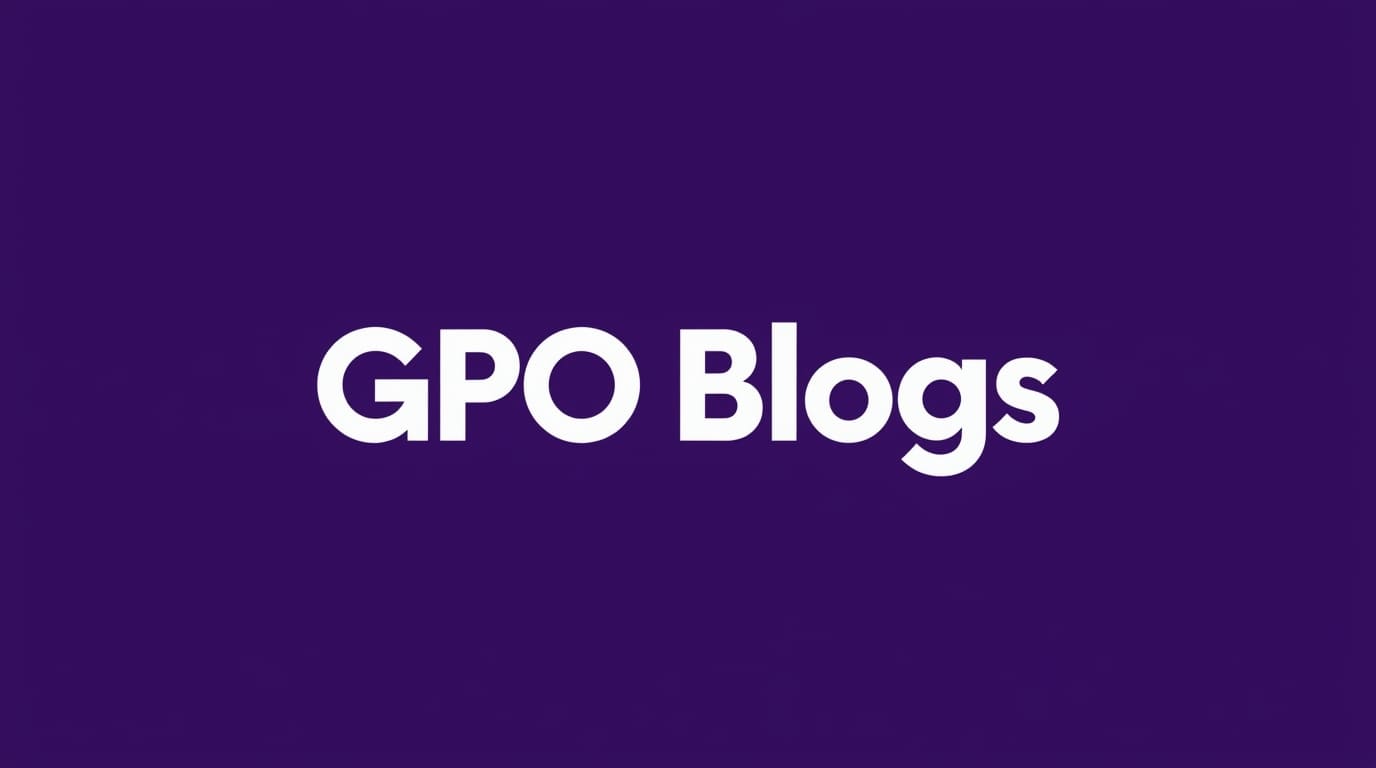Measuring the True Value of Guest Posting Beyond Backlinks

The traditional approach to measuring guest posting success has focused almost exclusively on backlinks and immediate referral traffic. While these metrics have value, they represent only a fraction of the true impact guest posting can have on your business. To fully understand the ROI of your guest posting efforts, you need to track a more comprehensive set of metrics that capture both direct and indirect benefits.
Start by looking beyond the initial referral traffic to examine the quality of visitors coming from guest posts. Analyze metrics like bounce rate, time on site, and pages per session to determine if the traffic is genuinely engaged. More importantly, track conversion rates for guest post traffic compared to other channels. You might discover that while guest posts generate less traffic than social media, the quality of that traffic results in higher conversion rates.
Brand awareness represents another significant but often overlooked benefit of guest posting. Monitor branded search volume in Google Search Console to see if your guest posts correlate with increases in people searching for your brand name. Similarly, track direct traffic patterns, as increased brand recognition often leads to more users typing your URL directly into their browser.
Relationship capital is perhaps the most valuable long-term metric. Track how many repeat guest posting opportunities you receive from the same publications, as this indicates growing trust and credibility. Note any cross-promotion opportunities that arise, such as being featured in the publication's newsletter or social media channels. These secondary benefits often deliver more value than the initial post.
The authority-building impact of guest posting extends to your entire digital presence. Monitor changes in your organic visibility for target keywords across all your content, not just the pages directly linked from guest posts. Quality guest posts often contribute to improved domain authority, which benefits your entire site.
Don't overlook the networking value of guest posting. Many valuable business connections begin with a single guest post. Track how many speaking invitations, partnership opportunities, or consulting leads originate from guest posting relationships. These high-value outcomes are rarely captured in traditional analytics but can represent the most significant ROI.
Customer surveys provide another valuable measurement tool. When new customers arrive, ask how they discovered you. Many will mention guest posts they read weeks or months earlier, demonstrating the delayed but powerful impact of quality content.
Consider implementing a guest post value curve analysis. Track the performance of each guest post over a 90-day period, noting when different types of value emerge. Direct traffic typically spikes immediately but fades quickly, while brand awareness and relationship capital build over weeks and months. Understanding this timeline helps set realistic expectations and allocate resources appropriately.
The most sophisticated practitioners calculate total guest post value by combining direct revenue, relationship value, and authority value, then subtracting the investment. This comprehensive approach reveals that a single high-quality guest post might generate $5,000 in value even if it only produces $500 in direct sales.
Ultimately, the true measure of guest posting success is whether it helps you achieve your broader business objectives. Does it position you as a thought leader? Does it generate qualified leads? Does it open doors to new opportunities? By tracking these meaningful metrics rather than just backlinks, you'll gain a more accurate understanding of guest posting's real value and make smarter decisions about where to focus your efforts.
Sarah Chen is an SEO strategist and founder of ContentAuthority Labs. With 12+ years in semantic SEO and expert backlink building, she has delivered 800+ sponsored and guest-posting projects that grew durable authority and demand for 200+ businesses. Her research on contextual consolidation merging overlapping pages to concentrate topical relevance has appeared in Search Engine Journal and other SEO publications. She speaks at industry events and mentors in-house teams and emerging SEOs.